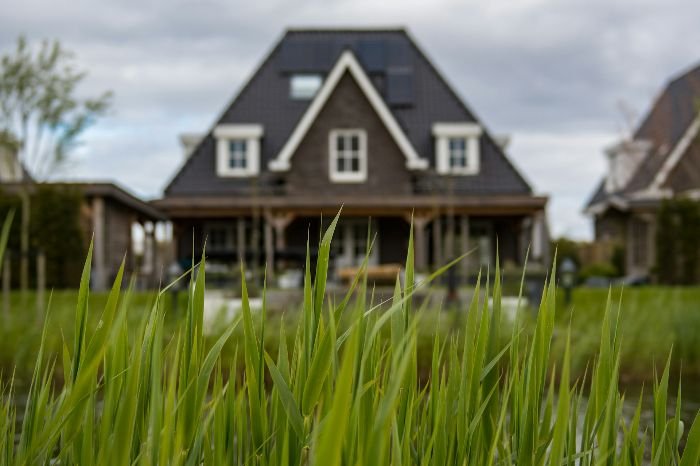Have you ever thought about why keeping your soil healthy is so important? It’s not just for next season’s crops. Healthy soil is key for farming to last a long time and to take care of our planet.
It’s always a good time to start caring for the soil. If we don’t take action, the soil loses important stuff like nutrients and organic matter. This can cause lower crop yields and harm the environment.
To keep the soil healthy, we can add good stuff like compost. We also need to keep the soil’s structure strong. This helps plants grow better and fight off things that can stress them out. Taking care of the soil this way helps us use fewer chemicals and keeps the environment safe for the future.
Key Takeaways
- Soil health is crucial for maximizing crop yields and maintaining environmental balance.
- Continuous care and intervention are essential for sustainable soil management.
- Healthy soils reduce the need for external inputs, making farming and gardening more sustainable.
- Proactive soil management practices support long-term environmental stewardship.
- Regenerative farming practices bolster plant resilience to various stress factors.
Table of Contents
Understanding Sustainable Soil Management
Effective soil stewardship helps keep our world healthy. It supports farming and protects our natural areas. It’s key to our survival. By knowing how to take care of the soil, we make sure these benefits keep coming.
Definition and Importance
Sustainable soil management boosts farming and keeps plants and animals thriving. It ensures that vital nutrients stay in the ground. This helps achieve global goals to create a sustainable planet. The United Nations warns that soil is precious and needs protection to avoid damage.
“Investing in soil health and ecosystem services is crucial for sustainable development and climate change mitigation.” – United Nations
Long-Term Benefits for Gardeners and the Environment
Gardeners and the environment win big with sustainable soil practices. They improve soil health over time, helping crops grow better. They also keep the ground from losing water. This means more food can be grown without harming the soil.
These practices also fight problems like pollution and erosion. They protect nature and help people live better. By using these methods, we make sure our lands stay fertile for those who come after us.
Key Principles of Sustainable Soil Management
Focusing on key principles helps in the long-term health and productivity of soil. These principles aim to keep soil structure, boost soil fertility, and increase biodiversity. Balancing these aspects is crucial for soil care and creating organic soil.
Maintaining Soil Structure
The right soil texture and structure are key for strong plant growth. They help air and water move well. To prevent erosion, and encourage good root growth and nutrient absorption, we must keep our soil healthy. Useful methods include less tilling and using cover crops to protect soil structure.
Enhancing Soil Fertility
Improving soil fertility means creating a healthy, balanced system. This system should reuse and keep nutrients. Methods like composting and using natural fertilizers are important. They help keep soil well, use fewer chemicals, and make plants grow better.
Promoting Biodiversity
Adding variety to the soil helps it stay healthy and strong. Many kinds of tiny creatures and helpful bacteria help break down dead materials. This makes nutrients better for the plants. It also plays a role in controlling pests and diseases without chemicals. All this is good for managing soil in lasting ways.
Practices for Sustainable Soil Health
It’s essential to use methods that keep soil healthy for farming. Crop rotation, cover cropping, and no-till gardening are key. They help the soil stay rich and in balance with nature, making farming more sustainable.
Crop Rotation
This method grows different crops in a field over seasons. It stops the soil from losing essential nutrients. It also makes the soil ready for different weather changes. This way, the land stays fertile, and there are fewer pests.
Cover Cropping
Planting certain crops, such as clover or rye, in between seasons helps the soil. These plants protect the ground and add important nutrients. They also increase the soil’s nitrogen, making it a better place to grow crops. This is important for healthy farming and a rich environment.
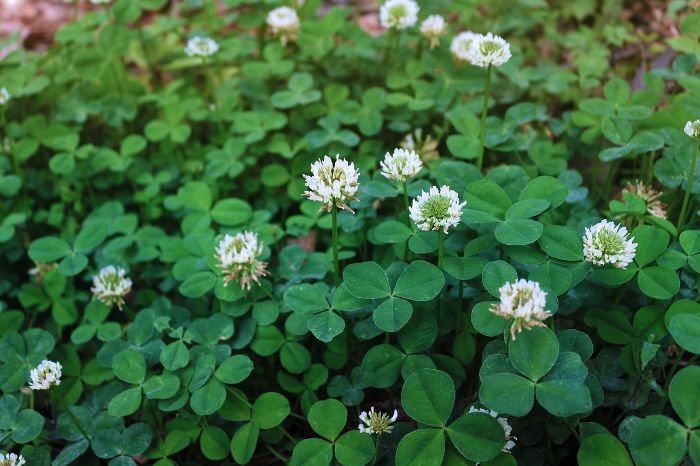
No-Till Gardening
No-till farming leaves the soil’s top layer as it is. This keeps the soil alive and helps plants grow better. Not disturbing the soil means less work for farmers and a happier, healthy place for plants to grow. This method is good for the land and farmers.
Organic Matter Management
Adding organic matter to the soil is key for a healthy system. It brings nutrients and structure to the soil. This helps keep water, reduces erosion, and supports plants.
Benefits of Adding Organic Matter
Adding organic matter makes the soil richer in humus. Humus helps the soil hold water and lets air in. Plus, it adds nutrients slowly for plants to use, making the ground more fertile.
Doing this means you need less chemical fertilizer. It’s a way to care for the soil that’s good for the earth too.
Composting and Mulching Techniques
There are great ways to handle organic matter – composting and mulching. Composting turns waste into good soil food. It boosts soil life and fertility.
Mulching covers the ground to keep it healthy. It stops water from disappearing too quickly and keeps the ground from getting too hot or cold. As it breaks down, it feeds the soil with more good stuff. Both help the garden and farm stay healthy for the long term.

Soil Erosion Prevention
Stopping soil erosion is key for keeping land healthy and productive. Good erosion control helps land stay in shape. It also supports efforts to save and protect our soil.
Contour Plowing
Contour plowing helps a lot in stopping erosion. Farmers plow following the land’s natural curves. This way, they cut down on water running off fields. It also keeps soil where it should be. This is good for taking care of our land.
Windbreaks and Buffer Strips
Windbreaks and buffer strips are important for fighting against soil loss. They involve planting trees or building barriers. These barriers help soil stay put, reduce erosion, and make homes for animals. This work leads to more kinds of plants and animals. It’s a win for nature and our soil.
Water Management Strategies
Good water management keeps the soil healthy and saves water for the future. It blends new irrigation ways with old water-saving methods.
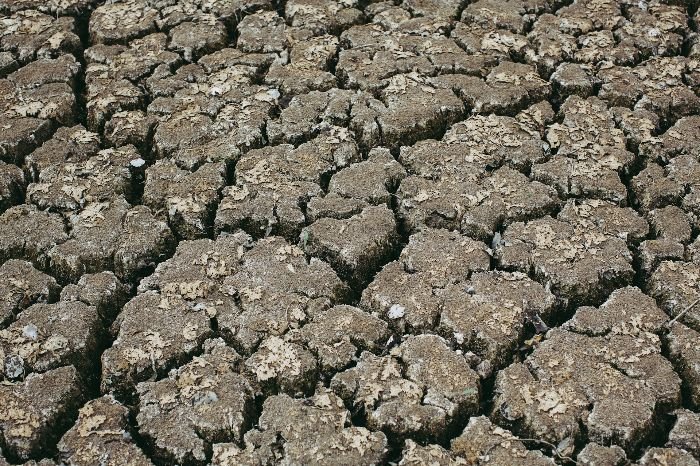
Efficient Irrigation Techniques
Using smart watering ways in farming makes a big difference. For example, drip irrigation sends water right to plant roots. This cuts down on lost water and makes sure plants get what they need.
It uses the latest tech and thinking to save water. This helps in both keeping water safe and fighting droughts.
Rainwater Harvesting
Catching rainwater is key to managing water well. It lets farmers and gardeners have their own water. This means they don’t need to use as much water from other sources.
Plus, it fits in with nature’s water cycle. This makes using water in farms and gardens smarter. It’s a great way to deal with less water during dry times and helps keep things green over the years.
Integrated Pest Management (IPM)
Integrated Pest Management (IPM) is a big plan to control pests while keeping nature in balance. It works by using less chemical pesticides. This helps farmers use methods that are better for the earth. It’s all about making farming sustainable.
Reducing Chemical Use
IPM focuses on cutting down chemical use. It uses things like natural enemies and changing the crops you plant to control pests. This way is good for the environment and the soil. It helps farms become stronger and more natural.
Encouraging Beneficial Insects
IPM also wants to help good bugs thrive. Insects like ladybugs, bees, and parasitic wasps eat the bad bugs. By creating safe habitats for these insects, farmers can better control pests. This makes farming good for the earth and keeps the ecosystem in balance for growing food safely.
Enhancing Soil Microbial Activity
Soil microbial activity is key to keeping soil rich in nutrients and stable. A strong community of bacteria, fungi, and other tiny life can make soil healthier. This helps plants grow stronger and better able to fight off diseases.
Benefits of Soil Microbes
Microbes in the soil do a lot of important work. They break down old plants and turn them into food for new ones. This helps keep the soil full of nutrients. They also make the soil less dense, which helps water and air move through it better. A lively mix of these tiny beings can help plants deal with hard times, like when water is scarce or they get sick.
Techniques to Promote a Healthy Microbial Ecosystem
There are many ways to make soil microbes flourish. For example, using microbial inoculants can add to the diversity of life in the soil. These are good bacteria or fungi that help the others work better.
Adding things like compost and mulch gives these microbes a great place to live. Things that stimulate growth, called biostimulants, also help. Another important step is to disturb the soil as little as possible. No-till farming and not plowing too much keep the home of the microbes stable. This helps them help plants more effectively, leading to better farming and gardening results.
Using Biochar for Soil Health
Biochar is great for soil health. It acts as a lasting carbon sink and improves soil. Made from plant matter, it benefits soil for the long run, making the environment better.
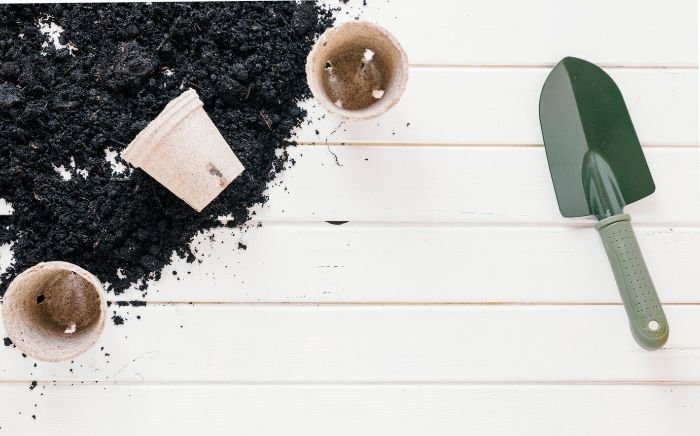
What is Biochar?
Biochar is like charcoal made from biomass with pyrolysis. It is heat-treated with little oxygen, creating stable carbon. This process gives biochar its porous nature, improving soil’s ability to hold water and nutrients.
Benefits of Biochar as a Soil Amendment
The use of biochar is rewarding. It brings many boons to soil health and is environmentally friendly:
- Carbon Sequestration – Biochar keeps carbon locked in soil long term, reducing carbon in the air and fighting climate change.
- Soil Fertility – It boosts soil structure and helps good microbes grow, increasing soil fertility and nutrient flow.
- Water Retention – Biochar keeps water well, perfect for dry or drought areas.
- Microbial Enhancement – It supports more soil microbes, vital for a strong and healthy soil environment.
In conclusion, using biochar enhances soil health and structure. It is key to sustainable farming by improving soil and keeping carbon out of the air.
Monitoring Soil Health
To keep soil healthy, checking it often is key. This helps us see how it’s doing. Then, we can choose the best ways to keep it strong.
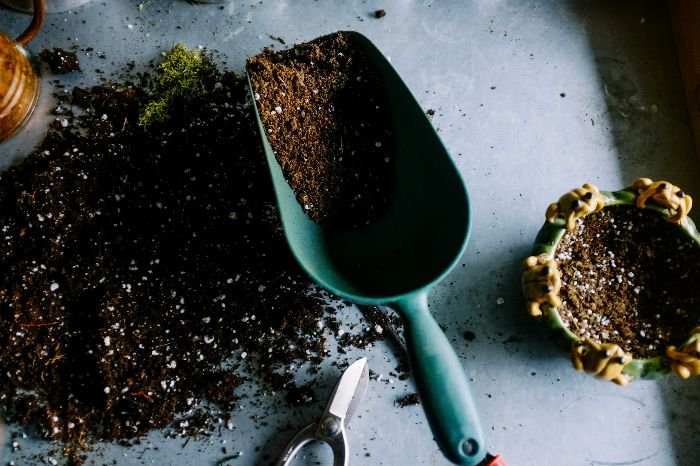
Soil Testing Methods
First, we look at the soil closely. We use different tests to check its nutrients, makeup, and what lives in it. Tests include looking at:
- Physical Testing – Checks soil for how rough or smooth it is, and how loose or packed down it is.
- Chemical Testing – Checks the pH, how many nutrients it has, and if there are any harmful chemicals present.
- Biological Testing – Looks at the tiny life forms in the soil and how many kinds there are.
These tests help us improve soil with exact changes. By testing often, we can keep the soil in good shape for farming.
Indicators of Healthy Soil
To know if the soil is healthy, we look for some signs. Healthy soil has:
- Robust Organic Matter Content – This means there’s a lot of plant and animal pieces. It helps the soil feed plants and stays together.
- Balanced pH Levels – This means the soil is just right for plants and the tiny life in it.
- Diverse Soil Life – Shows us that many tiny creatures live in the soil. They help plants grow and protect them from sickness.
- Strong Structure – It means the soil doesn’t easily wash away. Plants can grow well in this kind of soil.
These signs tell us if the soil is good or not. We need to keep looking for them to have strong, good soil for farming.
Conclusion – Commitment to Sustainability
Choosing sustainable soil management is essential for the future. It helps farming last longer and keeps the environment in balance. By taking care of the soil every day, farmers and gardeners grow healthier soil. This ensures there will be good soil for those who come after us.
Good soil practices make the land better for crops and help more types of plants and animals thrive. A strong soil system fights off bad weather and pests on its own. This is key for a balanced world and fights the effects of climate change.
Taking care of the soil fits with worldwide goals for a better future. Nutrient-rich soil is needed for feeding everyone and keeping nature safe. As land protectors, we should lead in using these good practices. This way, we support a farming future that’s good for both people and the planet.
FAQ
What is sustainable soil management?
Sustainable soil management keeps soil health, fertility, and diversity in check. It helps with long-term farming and keeping the environment in balance.
Why is sustainable soil management important?
It’s key for keeping the earth healthy and our food growing strong. This way, we save biodiversity, clean up the air, and meet big global goals.
How does sustainable soil management benefit gardeners and the environment in the long term?
It makes the soil better for growing plants. This helps us get more food and keeps nature doing well. For the earth, it saves resources and fights climate change.
What are the key principles of sustainable soil management?
The main ideas are to keep soil healthy, fertile, and full of life. This helps water and air move well in the soil, stops damage, and keeps plants and little bugs happy.
What are some practical ways to maintain soil structure?
Good methods include planting different crops in order, not digging too much, and adding things like leaves to the soil. These ways keep the ground strong and ready for plants.
How can soil fertility be enhanced sustainably?
To make the soil better, we can use things like old plant parts (like leaves) and keep the ground covered when not planting. This keeps good stuff in the soil and helps plants grow strong without using many chemicals.
What are some effective soil erosion prevention methods?
Making grooves in the ground and planting rows of trees stop the soil from being carried off by water and wind. These tricks keep the ground safe and give homes to animals.
How does rainwater harvesting benefit soil management?
Catching rainwater in barrels means we don’t need to use so much from the tap. This helps make the garden and the fields healthier. Plus, it’s great for the planet we all share.






